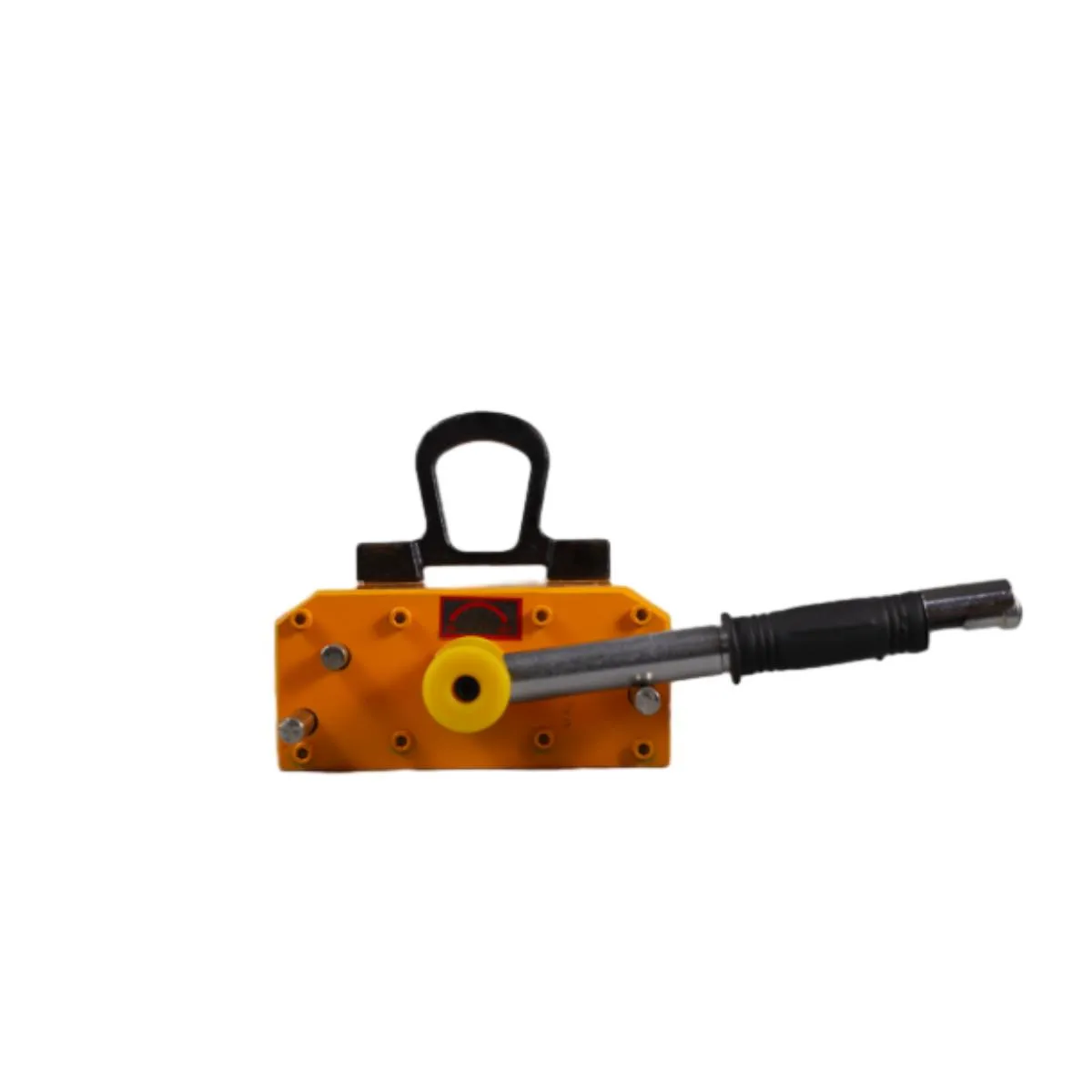Using Skates to Transport Heavy Machinery with Ease and Efficiency
Skates The Essential Tool for Moving Heavy Equipment
In industries where heavy machinery and equipment are commonplace, the need for effective and efficient movement is paramount. When it comes to relocating these massive items, conventional methods can often prove cumbersome and time-consuming, resulting in increased downtime and potential safety hazards. Enter skates, a specialized tool designed specifically for moving heavy equipment with ease and precision.
What Are Skates?
Skates are flat, wheeled devices that facilitate the movement of heavy loads, allowing operators to glide heavy machinery across floors. They come in various sizes and configurations to accommodate different weights and dimensions of equipment. Typically made from durable materials such as steel or high-strength plastic, skates can withstand significant pressure and provide stability during transport.
Why Use Skates?
One of the primary benefits of using skates for moving heavy equipment is the reduction in physical strain on workers. Lifting and maneuvering large machines manually can lead to serious injuries, including muscle strains and other musculoskeletal disorders. Skates enable workers to push, pull, or guide heavy equipment with far less effort, making the process safer and more efficient.
Additionally, skates help to minimize damage to the floor surface. Unprotected machinery can scratch, dent, or otherwise mar flooring materials, leading to costly repairs. Skates distribute the weight of the load over a larger area, reducing the risk of floor damage and helping to maintain a safe working environment.
Types of Skates
There are several types of skates available, each designed for specific applications. Standard equipment skates are suitable for general heavy lifting and moving tasks, while specialized skates can be tailored for unique situations. For instance, low-profile skates are ideal for equipment with a low clearance, while hydraulic skates can be used for particularly heavy loads that require additional lifting power.
For particularly sensitive machinery, padded or rubberized skates can help protect delicate surfaces from scratches or damage during transport. Additionally, some skates come with integrated brakes, allowing operators to stabilize the load during loading or unloading processes.
skates moving heavy equipment

How to Use Skates Safely
When using skates to move heavy equipment, safety should always be the top priority
. Here are some tips to ensure safe operation1. Assess the Load Before moving any equipment, evaluate its weight and dimensions. Make sure to choose skates rated for the load to prevent failure during transport.
2. Clear the Path Ensure that the moving path is free from obstacles, debris, or uneven surfaces that could pose a risk during the maneuver.
3. Use Proper Techniques When pushing or pulling with skates, always use your legs to provide the propulsion rather than your back to avoid injury. If the load is particularly heavy, consider using multiple workers to share the strain.
4. Communicate If working as part of a team, maintain clear lines of communication to coordinate movements effectively. This can help prevent accidents and ensure that everyone is aware of the load's positioning and movement.
5. Regular Maintenance Inspect skates regularly for any signs of wear or damage. Ensuring that wheels rotate freely and are in good condition is essential for safe operation.
Conclusion
In conclusion, skates provide an invaluable solution for moving heavy equipment in various industrial settings. Their ability to ease the physical burden on workers while protecting both machines and flooring makes them an essential tool in any heavy lifting operation. By adhering to safety practices and choosing the right type of skate for the job, companies can enhance their operational efficiency and ensure a safer working environment for all employees. As industries continue to evolve, the importance and utility of skates in equipment movement will undoubtedly remain paramount.
-
Unlock Seamless Relocation with Our Heavy Equipment Moving ExpertiseNewsJun.06,2025
-
Unleash Unrivaled Flexibility with Our Adjustable Gantry CraneNewsJun.06,2025
-
Unleash Heavy-Duty Efficiency with Our Industrial Gantry Crane SolutionsNewsJun.06,2025
-
Revolutionize Steel Handling with Our Magnetic Lifter RangeNewsJun.06,2025
-
Master Equipment Mobility with Premium Machinery Mover SolutionsNewsJun.06,2025
-
Elevate Your Material Handling with Magnetic Lifter TechnologyNewsJun.06,2025
-
YS Permanent Lifting Magnets: The Smarter Way to Handle SteelNewsMay.22,2025
